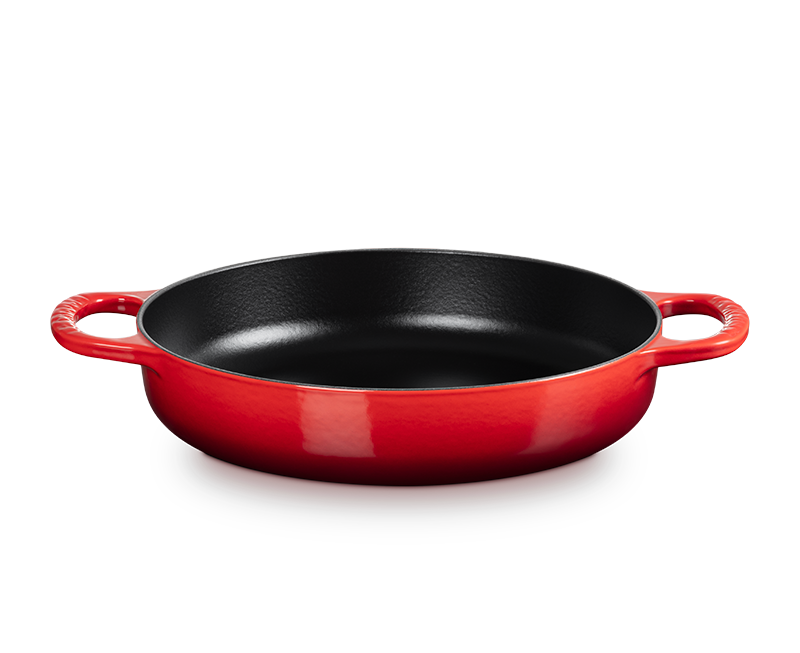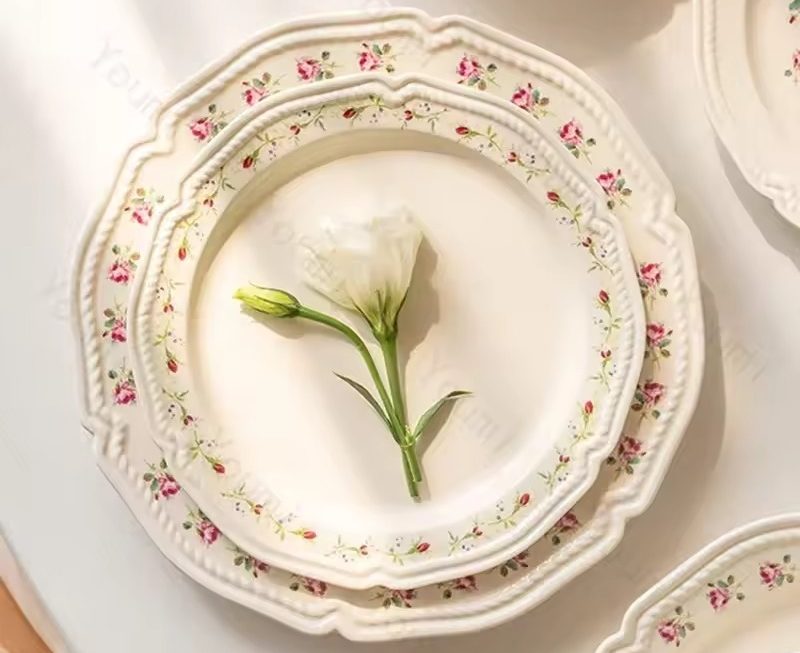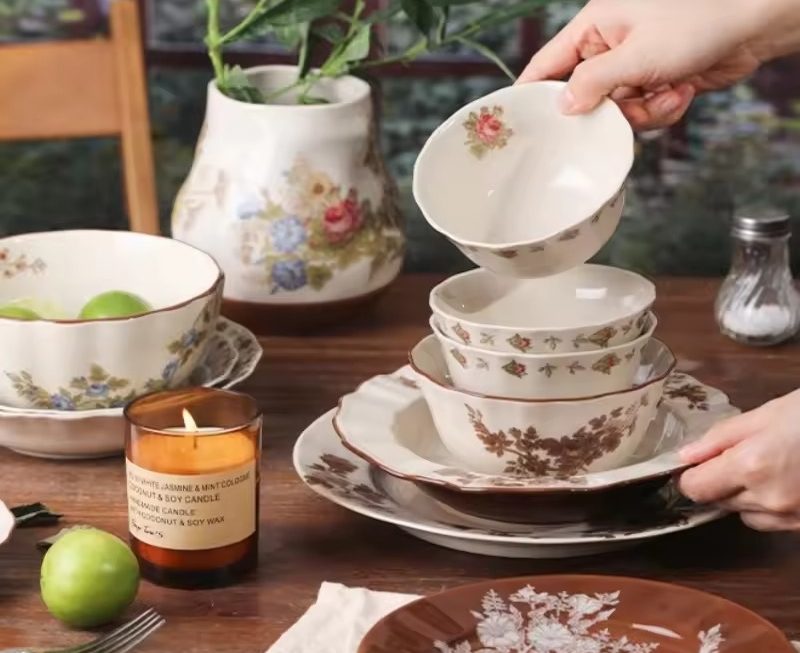Essential Cookware: Choosing the Right Pans
When pondering what could you typically find in a kitchen, quality cookware tops the list. What could you typically find in a kitchen? Versatile pans are vital for varied cooking techniques. The right pan can make a huge difference in the quality of the food and the ease of cooking. Let’s dive into the types of pans essential for any kitchen and how to keep them in great condition.
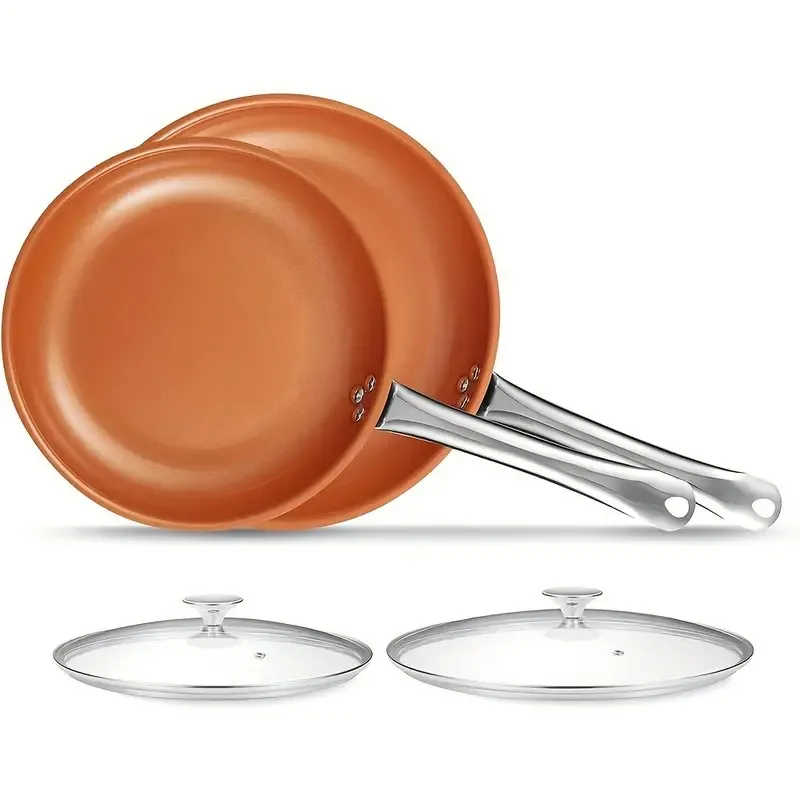
Types of Pans Every Kitchen Needs
Every cook needs a well-rounded set of pans. Here are the must-haves:
- Skillet/Frying Pan: Ideal for searing and sautéing.
- Saucepan: Perfect for sauces and boiling small quantities of liquids.
- Stockpot: Essential for soups and boiling pasta.
- Cast Iron Pan: Great for high-heat cooking and oven use.
- Non-Stick Pan: Useful for delicate foods and easy clean-ups.
- Sauté Pan: With tall sides, it’s excellent for sautéing and frying.
Having a range of pans ensures you’re ready for any recipe, from carne to naranja-infused dishes.
Tips for Maintaining Your Cookware
Long-lasting cookware requires proper care. Here are some simple tips to maintain your pans:
- Clean Promptly: Wash pans after each use to prevent food buildup.
- Use Suitable Utensils: To avoid scratching, use wooden or silicone tools.
- Avoid Rapid Temperature Changes: Don’t shock hot pans with cold water.
- Season when Necessary: Especially for cast iron, to keep it non-stick.
- Store Properly: Hang or stack with care to avoid scratches and dents.
By selecting the right pans and caring for them properly, you keep your kitchen equipped and ready for any culinary challenge.
The Role of Carne: Different Meats to Stock
When asking ‘what could you typically find in a kitchen?’ meat is a staple answer. Carne, or meat, is a versatile ingredient offering rich flavors and essential nutrients. It takes center stage in many cuisines and dishes. Here’s how to stock up on quality meats for your kitchen.
Selecting Quality Meats for Your Kitchen
Choosing quality meats impacts not only flavor but also health. Look for fresh, well-handled cuts with a healthy color and firm texture. Prefer meats from sources that ensure ethical farming and processing practices. Organic and grass-fed options might be pricier but are often worth the cost for their taste and health benefits.
When picking carne, diversify your selection. Include beef for its rich iron content, chicken for lean protein, and fish for omega-3 fatty acids. Each type of meat adds unique flavors and benefits to meals.
Storing and Handling Meats Safely
Proper storage is vital to ensure the safety and quality of meat. Keep carne at safe temperatures to prevent bacteria growth. Store raw meats on the bottom shelf of the fridge to avoid cross-contamination. Use them within a few days or freeze them for long-term storage. Label and date them before placing them in the freezer.
Safe handling is just as important. Always wash your hands before and after touching meat. Use separate cutting boards and knives for different types of meats to prevent cross-contamination. Cook meats to their appropriate internal temperatures to kill any harmful bacteria. Following these steps will keep your kitchen’s carne safe and delicious.
Oranges and Citrus: Adding Freshness to Your Dishes
Adding citrus to your kitchen can bring a burst of freshness and flavor to your meals. Oranges, or ‘naranjas’, and other citrus fruits not only provide a zesty taste but also come packed with vitamins and antioxidants. They’re what you could typically find in a kitchen that cares about both taste and nutrition. When incorporated into various dishes, the vibrant tang of citrus can transform a meal from good to great. Let’s explore the benefits of these zesty fruits and how to get creative with them in cooking.
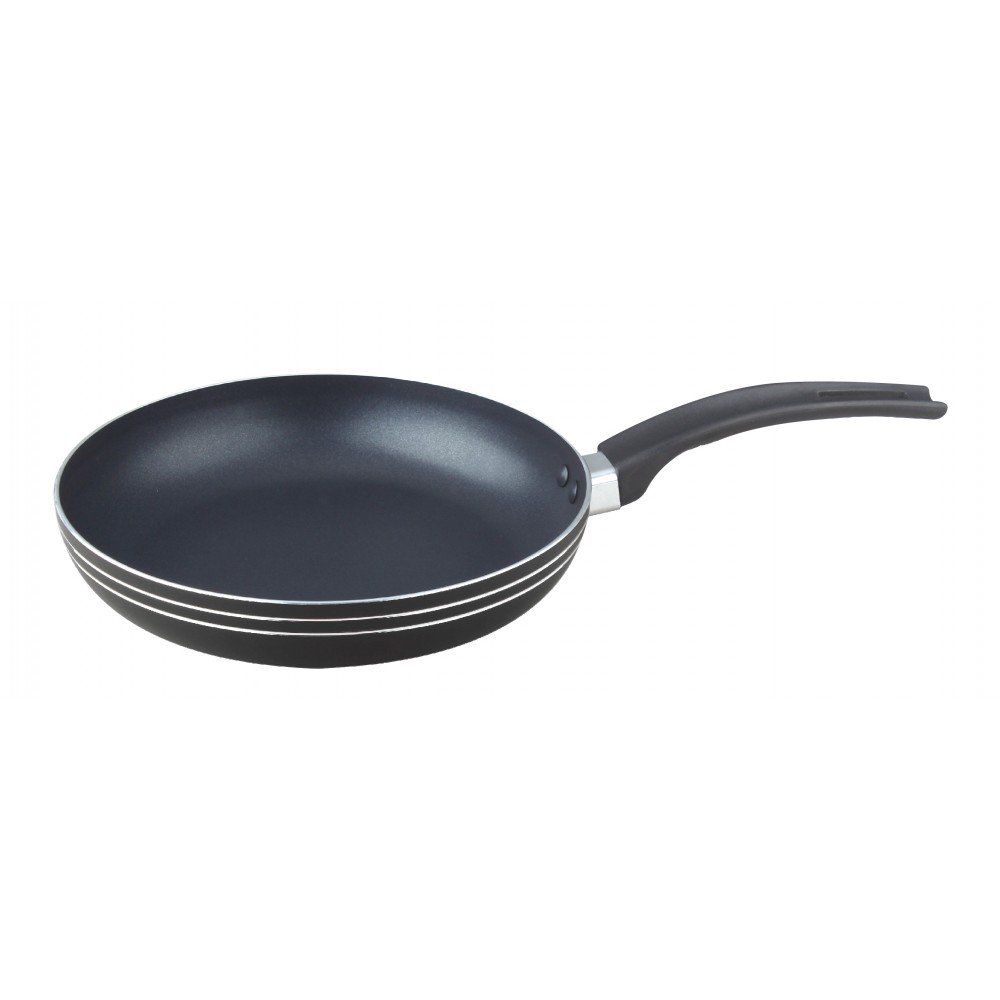
Benefits of Keeping Citrus Fruits in Your Kitchen
Keeping a broad selection of citrus in the kitchen is beneficial for several reasons:
- Rich in Vitamin C: Essential for immune health and skin vitality.
- Adds Fresh Flavor: Enhances the taste of meats, desserts, and beverages.
- Versatile Use: Can be used in salads, as dressings, or as a garnish.
- Natural Preservative: Citrus juice keeps other fruits from browning.
- Antioxidant Properties: Citrus fruits offer protective health benefits.
Including oranges, lemons, and limes, among others, ensures you’re ready to add a fresh twist to a pan-fried carne or a splash of brightness to a naranja-inspired sauce.
Creative Ways to Use Naranjas in Cooking
Here are some innovative ideas to incorporate oranges into your cooking:
- Citrus Marinades: Infuse carne with a naranja marinade for depth of flavor.
- Fresh Salads: Top greens with orange segments for a sweet, juicy crunch.
- Baked Goods: Add zest to muffins or cakes for a fragrant touch.
- Refreshing Beverages: Juice oranges for a hydrating, vitamin-rich drink.
- Citrus Salsa: Combine with onions, herbs, and spices for a tangy relish.
By making oranges a staple, your kitchen gains an all-around player that’s as good in a savory dish as it is in a dessert or beverage.
Complete Kitchen Utensil Set
Answering the question, ‘what could you typically find in a kitchen?’ includes utensils. A well-stocked kitchen has a variety of tools to help you cook efficiently. Below we explore the essentials and tips for keeping them organized.
Must-Have Utensils for Efficient Cooking
A set of cooking utensils is a kitchen cornerstone. Here’s what you need:
- Spatulas: Turn pan-seared carne or flip pancakes with ease.
- Whisks: Blend sauces or dressings smoothly.
- Tongs: Ideal for flipping big cuts of meat or tossing salads.
- Ladles: Serve soups or stews effortlessly.
- Peelers and Graters: Perfect for adding naranja zest or shredding cheese.
- Measuring Cups and Spoons: Ensure accurate recipe proportions.
- Knife Set: Essential for chopping, slicing, and dicing various ingredients.
These tools will help you tackle any culinary task, from prepping naranja salads to serving carne dishes.
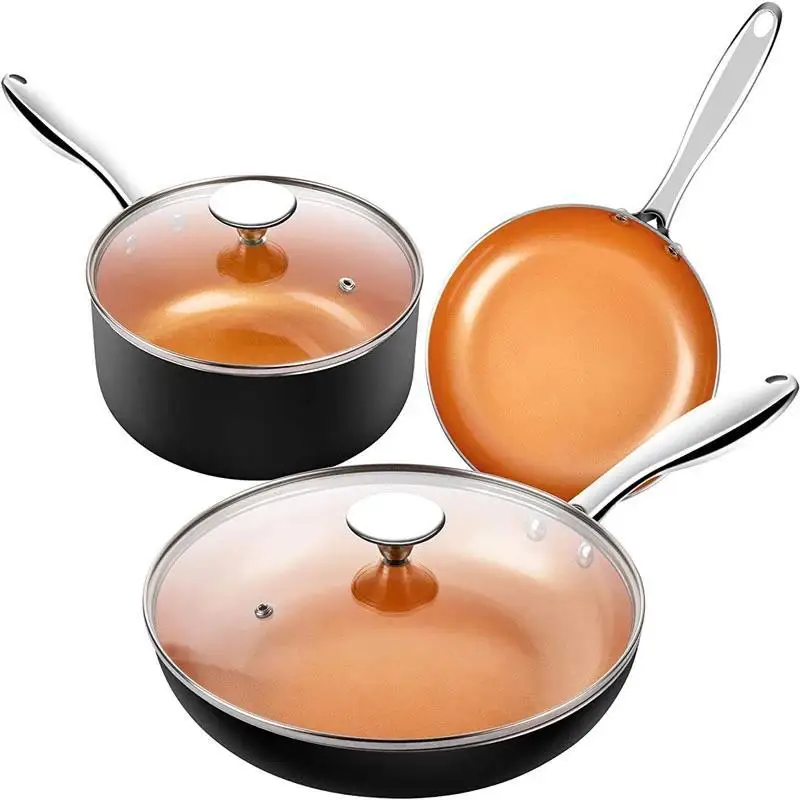
Organizing Your Kitchen Tools for Easy Access
Keep utensils organized for running a smooth kitchen. Try these tips:
- Drawer Dividers: Sort items by type or frequency of use.
- Utensil Holders: Place frequently used tools like spatulas and tongs within reach.
- Hanging Racks: Save space and grab what you need quickly.
- Labeling: Mark spots in drawers or on hooks for each utensil.
- Purge Regularly: Remove tools you don’t use to avoid clutter.
By organizing your tools, you make cooking a breeze and answer the question, ‘what could you typically find in a kitchen?’ with confidence and ease.
Appliances to Elevate Your Cooking Game
When thinking about what could you typically find in a kitchen, appliances are key. They boost cooking efficiency and expand your culinary possibilities. Modern kitchens use a variety of gadgets, from simple to high-tech. Let’s explore the must-have appliances that keep a kitchen humming.
Essential Appliances for a Modern Kitchen
Every modern kitchen should have a set of basic appliances. Here are the essentials:
- Refrigerator: Keeps food fresh and stores a variety of items from carne to naranja.
- Oven/Stove: Vital for baking and stovetop cooking, from pans to pots.
- Microwave: Speeds up meal prep and makes reheating a breeze.
- Blender: Whips up smoothies or sauces with ease.
- Toaster/Toaster Oven: Browning bread and reheating small dishes efficiently.
- Dishwasher: Saves time and ensures clean cookware for every use.
Owning these appliances means you’re set to tackle most recipes and streamline your kitchen routine.
How to Choose Appliances for Your Cooking Needs
With so many options, selecting the right appliances can be daunting. Consider these tips:
- Assess Your Space: Match appliance size to kitchen space.
- Determine Your Needs: Think about the dishes you make most, like pan-seared carne or naranja desserts.
- Read Reviews: Look at what others say about durability and performance.
- Energy Efficiency: Opt for appliances that save on electricity bills.
- Check for Features: Get the functionalities you need, from temperature control to programmable settings.
By thinking about your space, needs, and the features of each appliance, you will make smart choices that enhance your cooking and overall kitchen experience.
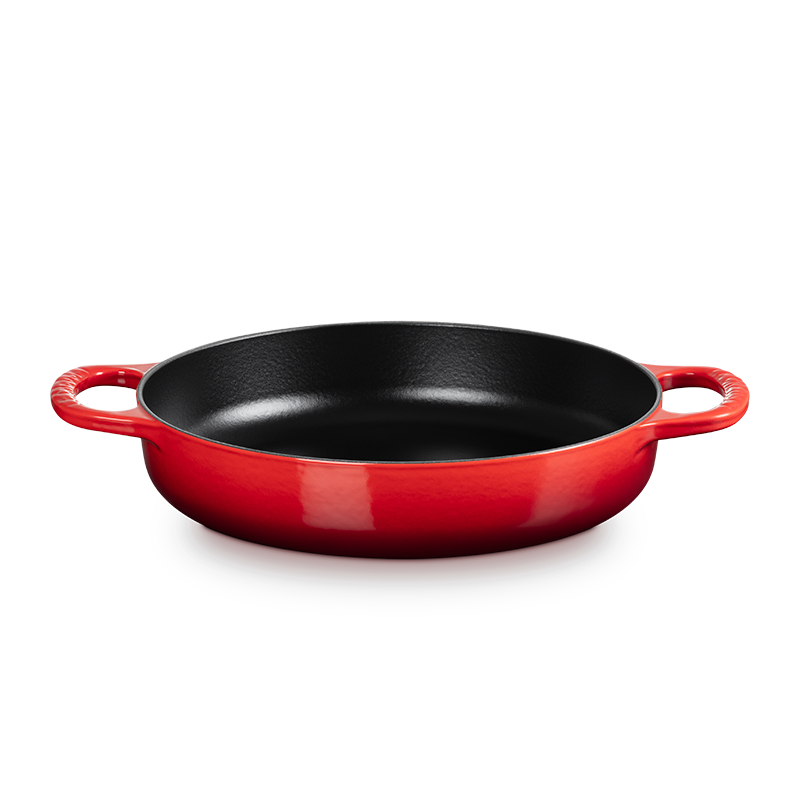
Storage Solutions: Keeping Your Kitchen Organized
A neat kitchen makes cooking efficient and enjoyable. Good organization saves time and reduces stress when preparing meals. Whether you’re reaching for a pan, carne, or naranja, having a place for everything is key. Here we will explore easy-to-implement storage ideas for pantries and refrigerators and share some innovative hacks.
Ideas for Organizing Your Pantry and Refrigerator
- Use Clear Containers: See your pantry items at a glance.
- Label Everything: Know where each item is, from spices to snacks.
- Adjustable Shelves: Fit different-sized items with ease.
- Door Racks: Utilize door space for extra storage.
- Group Similar Items: Keep baking ingredients or breakfast items together.
- Fridge Bins: Separate fruits like naranja from veggies.
- Rotation System: Move older items to the front when restocking.
With these ideas, you’ll swiftly find the pan for a stir-fry or the carne for a stew.
Innovative Kitchen Storage Hacks
- Magnetic Racks: Store knives and metal utensils on wall strips.
- Stackable Racks: Pile pans vertically to save cabinet space.
- Tension Rods: Create dividers in drawers for organizing lids.
- Over-the-Cabinet Hooks: Hang utensils and towels.
- Lazy Susans: Spin and select items without rummaging.
- Ceiling Pot Racks: Keep pans accessible and out of the way.
- Pull-Out Baskets: Reach back-of-cabinet items with ease.
Embrace these hacks to maximize space, even in the smallest kitchen.
Building a Balanced Pantry
Proper pantry stocking is crucial for home cooks. It ensures you have the basics to whip up a meal anytime. A balanced pantry includes a mix of non-perishable staples and versatile ingredients. These form the backbone of countless recipes. They range from grains to canned goods. And yes, they include ‘pan, carne, naranja’, and more.
Essentials to Always Have on Hand
Here’s what you could typically find in a kitchen pantry:
- Grains and Pastas: Rice, quinoa, and various pasta shapes for hearty meals.
- Canned Goods: Beans, tomatoes, and broths for quick stews or chili.
- Oils and Vinegars: Olive oil for cooking, balsamic for flavor.
- Seasonings: Salt, pepper, and a selection of dried herbs and spices.
- Sugars and Flours: For baking or thickening sauces.
- Long-Lasting Produce: Onions, garlic, and potatoes stay fresh for weeks.
- Nut Butters: Peanut or almond butter for protein-packed snacking.
With these essentials, you can tackle everything from pan-seared carne to naranja zest garnishes.
How to Stock a Pantry on a Budget
Filling your shelves doesn’t have to drain your wallet. Here’s how to save:
- Buy in Bulk: Get grains, pasta, and spices in larger amounts for less.
- Choose Store Brands: They often match the quality of name brands for a lower price.
- Watch for Sales: Stock up on items like canned goods when prices drop.
- Prioritize Multipurpose Items: Go for ingredients that work in many recipes.
- Shop Seasonally: Pick up items like ‘naranja’ when they’re in season and cheaper.
With these strategies, you can build a pantry that allows flexibility in cooking and keeps costs down.
Seasonings and Condiments: Flavor at Your Fingertips
When exploring what could you typically find in a kitchen, seasonings, and condiments are essentials. They’re the secret to transforming a simple dish into a flavorful experience. Whether it’s sprinkling spices over pan-seared carne or adding a dash of sauce to a naranja salad, these small additions make a big impact.
Must-Have Spices for Any Kitchen
A well-stocked spice cabinet is a treasure trove of flavors. Here are some basics:
- Salt: Balances and enhances the taste.
- Pepper: Adds a quick heat to dishes.
- Garlic Powder: Brings a savory note to meats and veggies.
- Paprika: Offers a sweet or smoky spice.
- Cumin: Delivers depth to a range of dishes.
- Cinnamon: Perfect for both sweet and savory creations.
With these, you’ll be set to season everything from a simple pan to a complex carne dish.
The Importance of Condiments in Home Cooking
Condiments aren’t just add-ons; they’re integral to a dish’s success. They can enhance, complement, or add complexity to a meal. Ketchup, mustard, and mayonnaise are common condiments that provide moisture and richness. Soy sauce and vinegar lend acidity and umami, which can uplift any dish. Just a small dollop can change the character of a meal, making condiments as crucial as the main ingredients, like pan, carne, and naranja.
